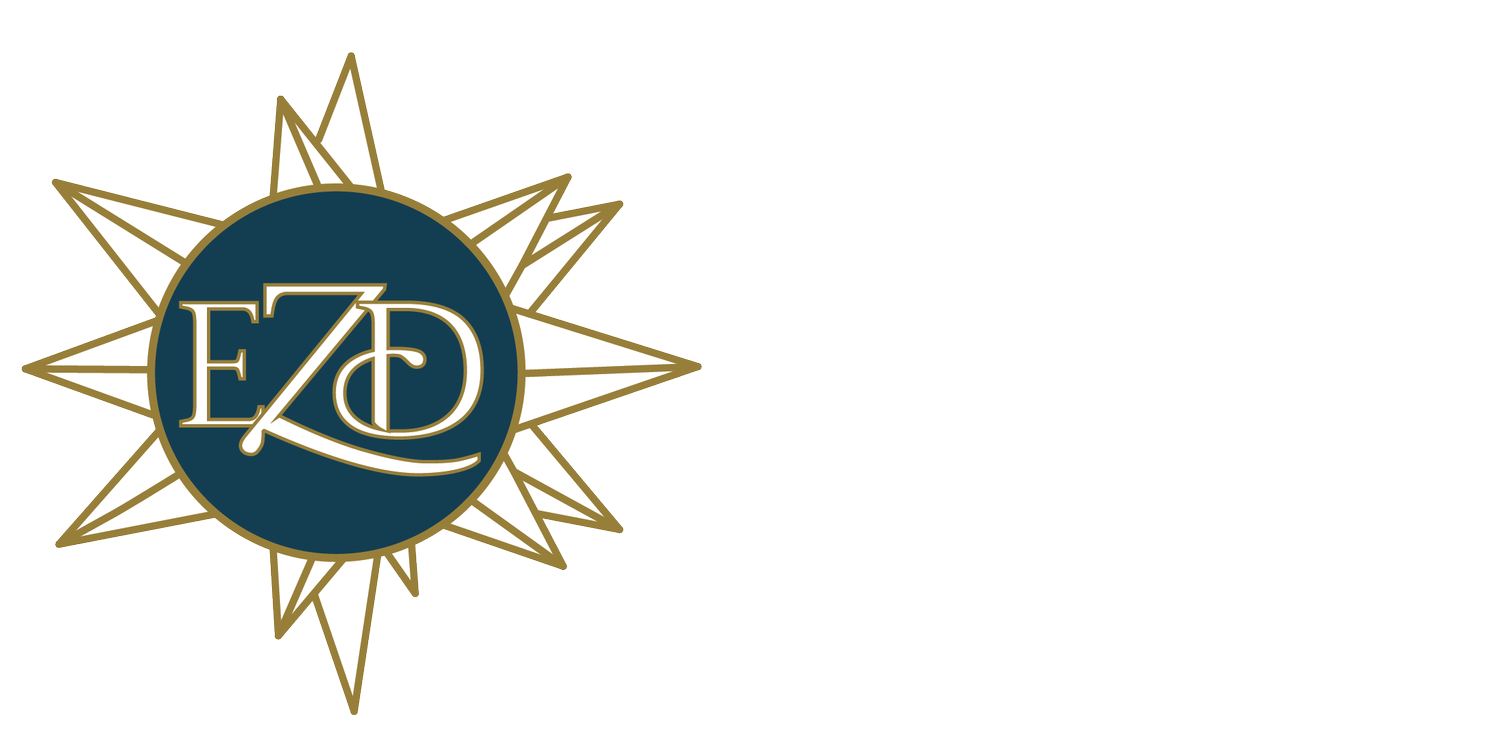Review: Four Roses Small Batch Bourbon
Bottle purchased by EZdrinking.
Owned by Kirin Company based in Japan, Four Roses Small Batch Kentucky Straight Bourbon Whiskey is distilled at the Four Roses Distillery in Lawrenceburg, Kentucky and bottled at 45% ABV.
Price: $28-$45
Four Roses Small Batch is made from vatting four different bourbons made at the distillery. Two of the bourbons are made from mash bill "E" which consists of 75% corn, 20% rye, add 5% malted barley, one of which is fermented with a yeast strain "K" which is meant to emphasise light spice and caramel flavors; and, the second is fermented with yeast strain "O" which is meant to emphasise rich fruitiness as well as light caramel and vanilla notes. The second set of bourbons are made from mash bill "B" which consists of 60% corn, 35% rye, and 5% malted barley. And, once again each is fermented with yeast strains "K" and "O." Each of these mash bill/yeast strain combinations are distilled and aged separately. For the Small Batch bourbon, these four whiskeys are aged less than 7 years, vatted together and then proofed down before bottling. While many distilleries credit their yeast for making their spirits unique, Four Roses is one of the only major bourbon distillery that goes through the added work of propagating five different yeast strains to further control the flavor profiles of their bourbons.
Lastly, Four Roses Small Batch was one of nine bourbons I selected in a blind tasting of bourbons less than $50. You can read how it did here.
Tasting Notes
Nose: Immediately on the nose are fruity notes and acetone. Underneath these initial aromas are notes of burnt oak and a strong presence of vanilla.
Palate: On the palate the first flavor is a sightly astringent green note that is then followed by light heat on the tongue. After the heat dissipates, you notice both a sweetness and a big wallop of spice.
Finish: After swallowing the bourbon lingers for a long time with clear notes of oak and vanilla.
Conclusion: Four Roses Small Batch Bourbon is a nice bourbon, though not my favorite. That said, Four Roses Small Batch is well balanced and easy to drink bourbon well worth its price tag.


